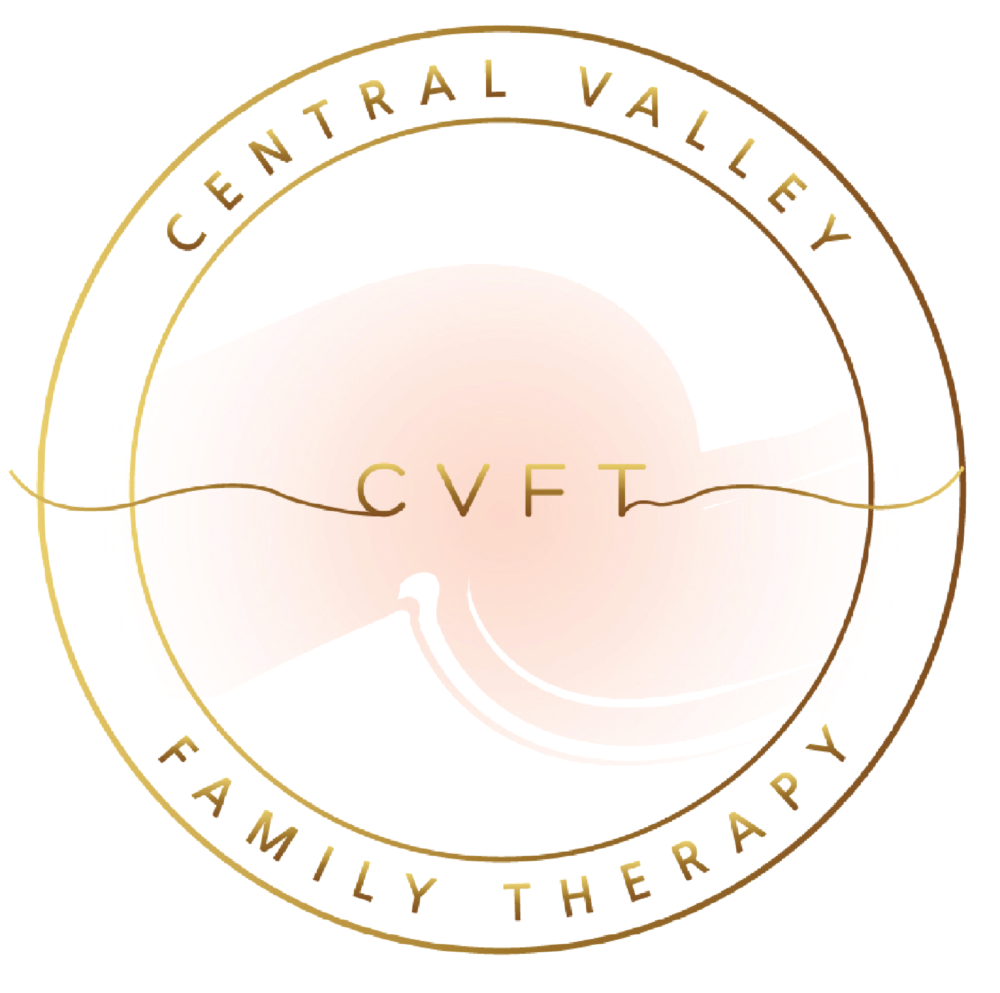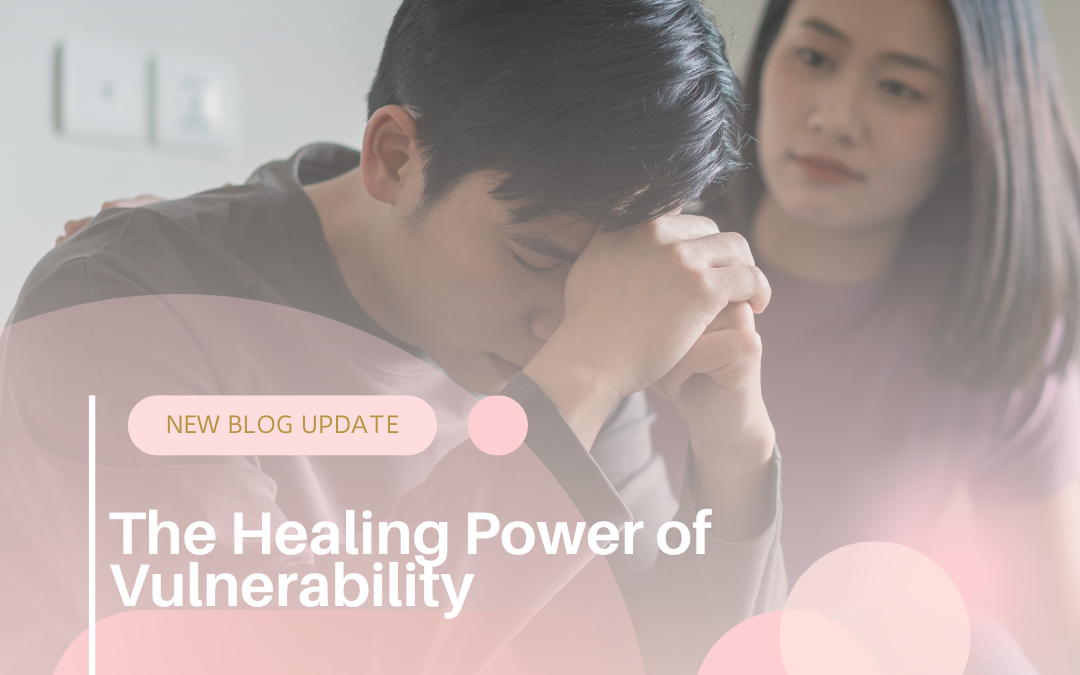Vulnerability. The word alone can make us flinch. It evokes images of exposed wounds, awkward confessions, and emotional risk. In a culture that prizes perfection, strength, and control, vulnerability often feels like weakness—something to be hidden or minimized.
But the truth is the opposite: vulnerability is not weakness. It is courage in motion. And when embraced with intention and safety, it becomes one of the most powerful tools for healing, growth, and connection.
Why Vulnerability Feels So Scary
Being vulnerable means showing parts of ourselves that are tender, uncertain, or imperfect. This might look like:
-
Admitting you’re struggling
-
Asking for help
-
Expressing love first
-
Saying “I’m sorry” or “I don’t know”
-
Setting a boundary, even when it might upset someone
These moments require emotional risk. They open us up to rejection, judgment, or disappointment—especially if we’ve been hurt in the past. Childhood trauma, cultural messages, and even certain relationships can teach us to equate vulnerability with danger.
It’s no wonder many of us develop armor: perfectionism, sarcasm, people-pleasing, emotional numbness. These defenses may protect us temporarily, but over time, they also block intimacy, authenticity, and self-compassion.
What Vulnerability Actually Is
According to researcher Brené Brown, “Vulnerability is the birthplace of love, belonging, joy, courage, empathy, and creativity.” In other words, everything meaningful begins with being seen as we really are.
Vulnerability is not oversharing or spilling emotions without boundaries.
It’s the willingness to be real, to show up without guarantees, and to let others see your true self.
How Vulnerability Heals
1. It Builds Connection
We often think people love us for our strengths. But true bonds are forged when we reveal our fears, mistakes, and humanness. Vulnerability invites others to do the same—and that mutual openness creates trust.
“I’ve been there too.”
“Me too.”
“Thank you for sharing that.”
These are the bridges that heal isolation.
2. It Fosters Self-Acceptance
When we allow ourselves to be seen—flaws and all—we begin to accept that we are enough. Vulnerability gently untangles shame, replacing it with self-kindness. It says: “I’m not perfect, but I’m still worthy.”
3. It Opens the Door to Growth
Growth begins at the edge of discomfort. Vulnerability helps us:
-
Receive feedback
-
Take emotional risks
-
Leave toxic situations
-
Ask for our needs
Without vulnerability, change stalls. With it, transformation begins.
Practicing Vulnerability Safely
Vulnerability isn’t about exposure for the sake of it—it’s about intention and discernment. Here’s how to build your vulnerability muscle:
-
Start with yourself: Journal honestly. Sit with difficult feelings instead of pushing them away.
-
Choose safe people: Share with those who’ve earned your trust, not those who will dismiss or use your openness against you.
-
Take small steps: Try expressing a need, owning a mistake, or offering a truth that feels uncomfortable but authentic.
-
Honor your boundaries: Vulnerability should feel brave, not retraumatizing. You get to decide how much to share and with whom.
Vulnerability in Therapy
Therapy is a safe container for vulnerability. It’s one of the few places where you’re encouraged to drop the mask, sit with your rawness, and not be judged for it.
Through vulnerability in therapy, people often experience:
-
Relief from long-held emotional burdens
-
Clarity on who they are beneath defenses
-
New relational patterns rooted in authenticity
Final Thoughts: Brave Is Soft
We often admire those who are tough and composed—but what if bravery is softer than we thought?
Being vulnerable means showing up without knowing how it will be received. That’s courage. That’s resilience. And when we embrace vulnerability—not recklessly, but bravely—we open ourselves to real connection, real healing, and a real life.
You don’t have to be fearless to be vulnerable. You just have to be willing.


Recent Comments